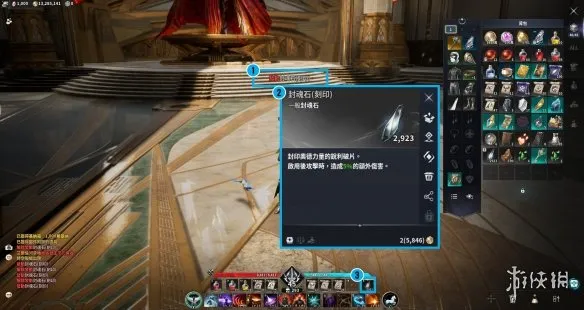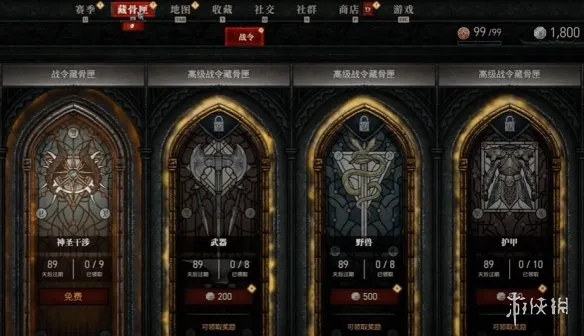用例子讲解FreeMarker应用—生成Java代码
时间:2010-04-13 来源:baignl
这里,假设我们所要生成的Java代码,即“output”如下:
package com.cs.qdog.swift.objects;
public class F32B {
private Double amount;
private String currency;
public Double getAmount() {
return amount;
}
public void setAmount(Double amount) {
this.amount = amount;
}
public String getCurrency() {
return currency;
}
public void setCurrency(String currency) {
this.currency = currency;
}
}
其中,类名、属性都属于“data-model”,其可用树形结构表现如下:
(root)
|
+- class = “F32B”
|
|- properties
| |
| +- currency
| | |
| | +- name = “currency”
| | |
| | +- type = “String”
| |
| +- amount
| | |
| | +- name = “amount”
| | |
| | +- type = “Double”
那么,则可使用如下“Template”:
package com.cs.qdog.swift.objects;
public class ${class} {
<#list properties as prop>
private ${prop.type} ${prop.name};
<#list properties as prop>
public ${prop.type} get${prop.name?cap_first}(){
return ${prop.name};
}
public void set${prop.name?cap_first}(${prop.type} ${prop.name}){
this.${prop.name} = ${prop.name};
}
}
最后,将FreeMarker文档中的例子改动一下,测试生成“output”的Java程序如下:
package com.cs.qdog.swift.objects;
import java.io.File;
import java.io.IOException;
import java.io.OutputStreamWriter;
import java.io.Writer;
import java.util.Collection;
import java.util.HashMap;
import java.util.HashSet;
import java.util.Map;
import freemarker.template.Configuration;
import freemarker.template.DefaultObjectWrapper;
import freemarker.template.Template;
import freemarker.template.TemplateException;
public class GenObjects {
public static void main(String[] args) throws IOException,
TemplateException {
/* ------------------------------------------------------------------- */
/* You usually do it only once in the whole application life-cycle: */
/* Create and adjust the configuration */
Configuration cfg = new Configuration();
cfg.setDirectoryForTemplateLoading(new File(
"D:/Temp/EclipseWorkSpace/GenSwiftFields/templates"));
cfg.setObjectWrapper(new DefaultObjectWrapper());
/* ------------------------------------------------------------------- */
/* You usually do these for many times in the application life-cycle: */
/* Get or create a template */
Template temp = cfg.getTemplate("SwiftFieldClass.ftl");
/* Create a data-model */
Map root = new HashMap();
root.put("class", "F32B");
Collection









![《小朋友齐打交2复刻版》 v2.14d升级档+未加密补丁[TENOKE]](https://images.phpfans.net/img/f1/20251229/logo_69527f2a9daf81.jpg)
